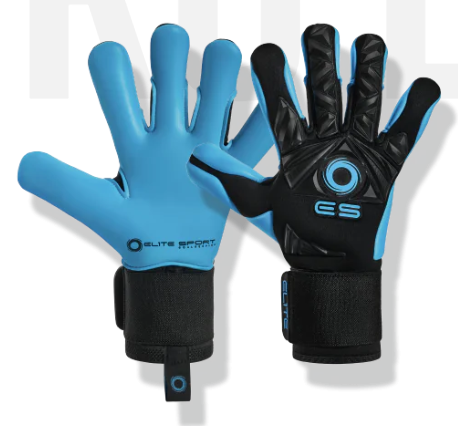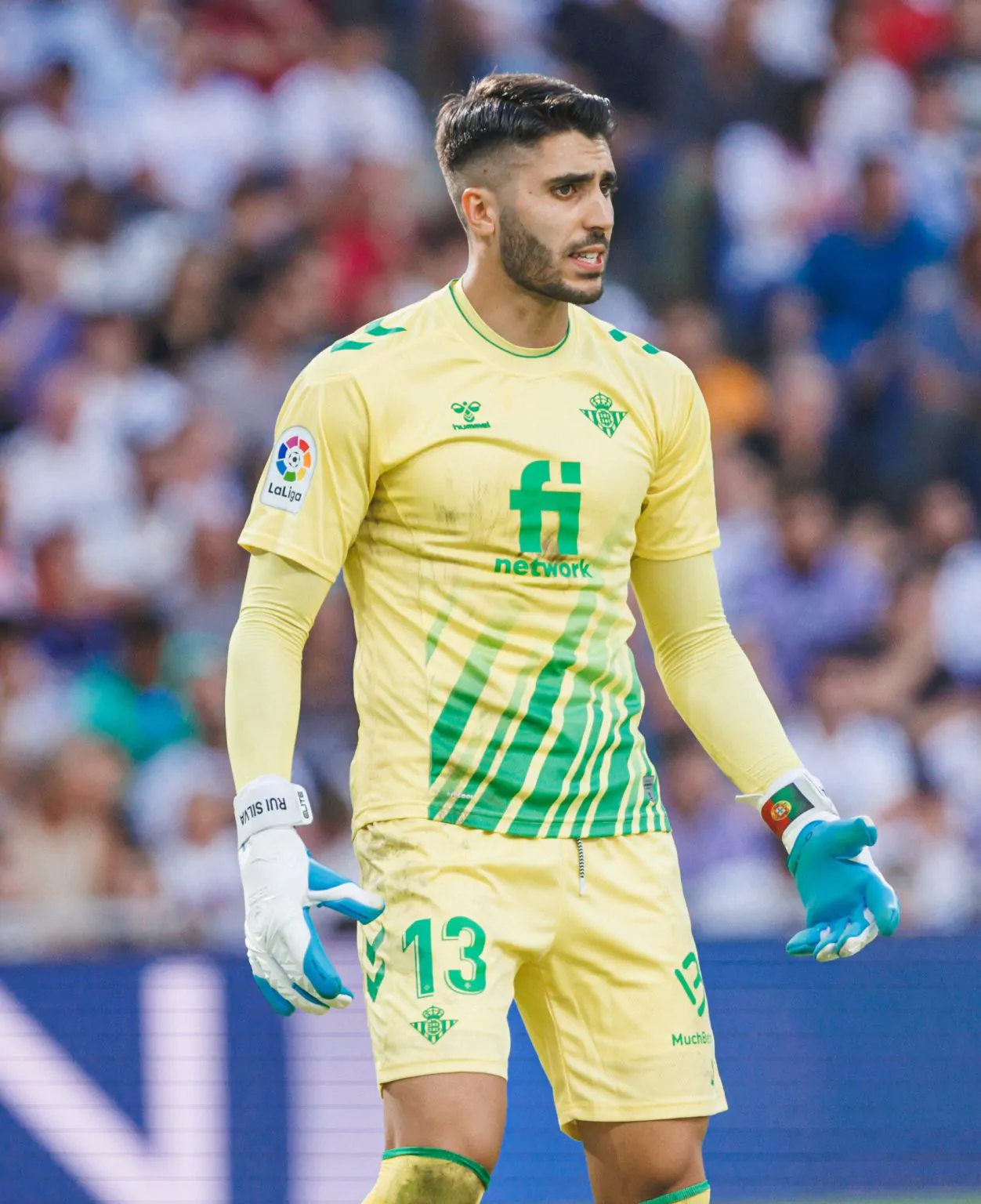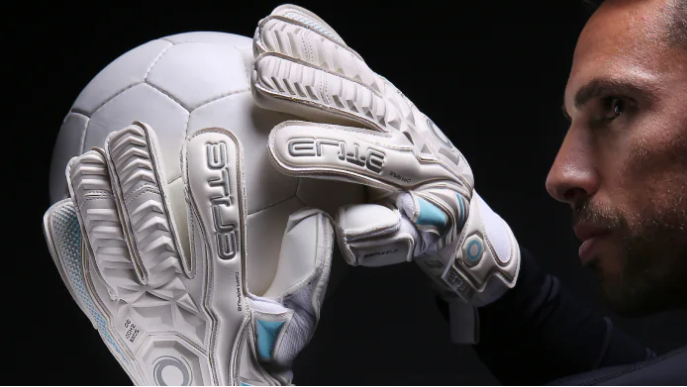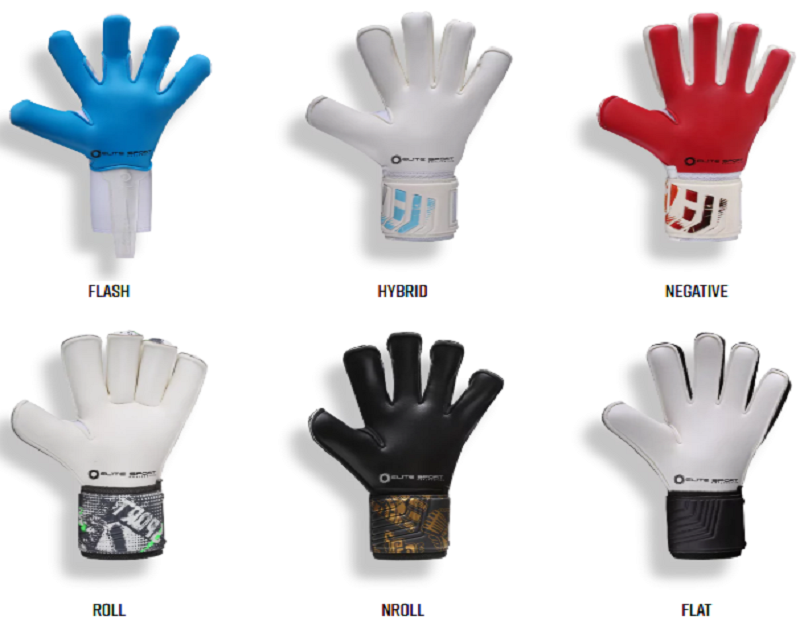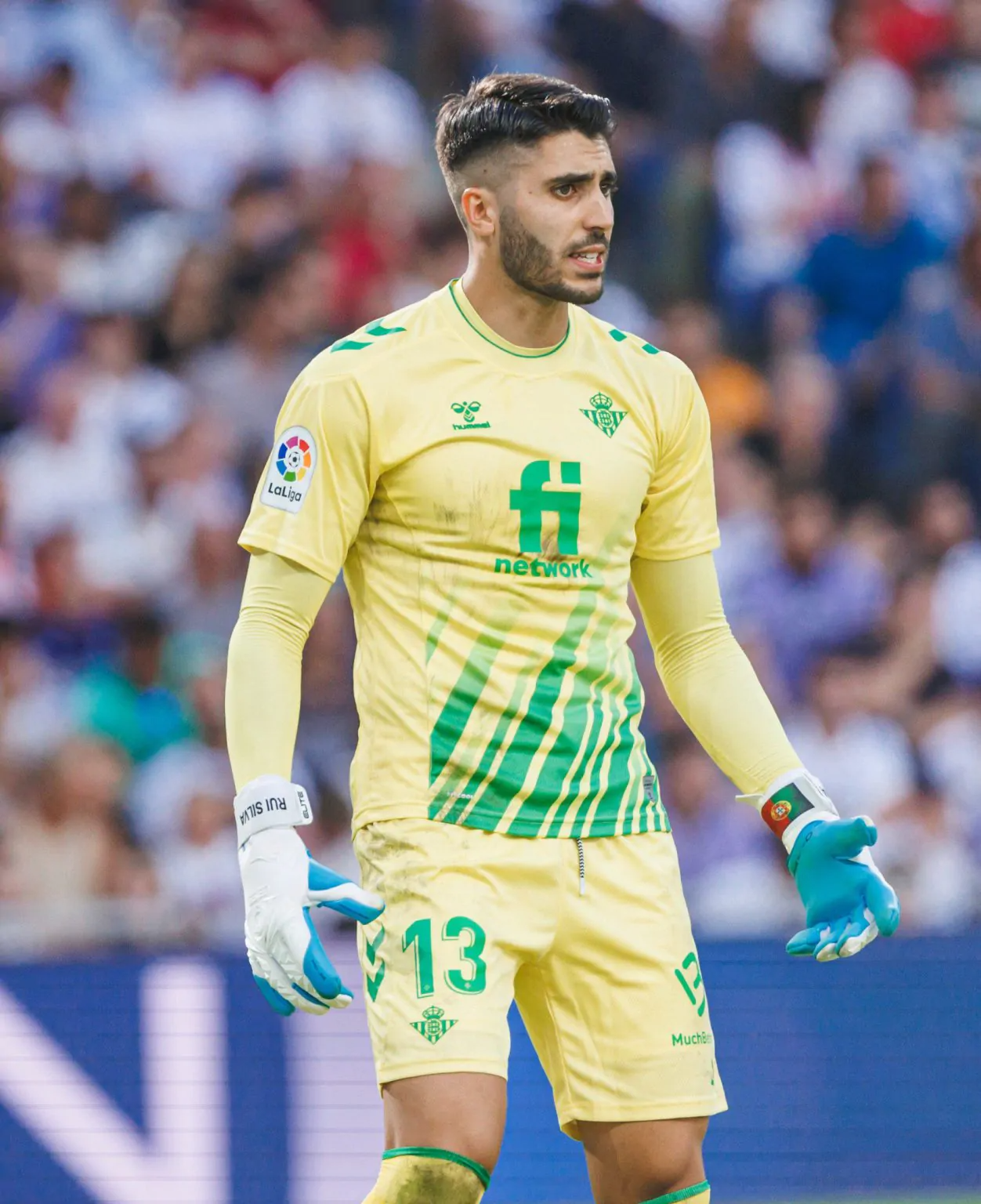Ultimate Guide to Goalkeeper Gloves: Grip, Fit, and Game-Day Confidence
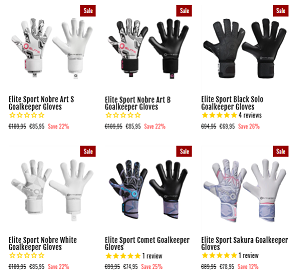
Strong 8k brings an ultra-HD IPTV experience to your living room and your pocket.
Introduction: More Than Just a Pair of Gloves
In the world of football, the role of a goalkeeper is often defined by a single moment — a game-saving dive, a fingertip deflection, or a dramatic penalty stop. But behind these moments of glory lies a key piece of gear that often goes unnoticed: goalkeeper gloves. These aren’t just accessories; they are essential tools that offer grip, control, and protection for the hands that every save depends on.
The right pair of gloves can make all the difference between a clean catch and a fumbled ball. Whether you're a weekend warrior, a rising star in youth leagues, or an elite competitor, understanding what makes goalkeeper gloves effective is the first step to elevating your game.
The Anatomy of Goalkeeper Gloves
To truly appreciate their function, it helps to understand what goalkeeper gloves are made of. At a glance, gloves may seem similar, but on closer inspection, they are designed with great precision and purpose.
Typically, goalkeeper gloves are composed of four primary components: the backhand, palm, closure system, and fingers. The backhand provides cushioning and durability for punches. The palm—arguably the most important part—affects grip, comfort, and ball control. Latex is commonly used in the palm because of its high friction properties. The closure system, whether it’s a Velcro strap or elastic band, secures the glove snugly around the wrist. Lastly, some gloves incorporate finger protection to prevent injuries such as hyperextension.
These features work in harmony to ensure that the gloves offer both protection and performance. While style may vary across brands, the core structure stays consistent, tailored for the intense demands of goalkeeping.
Finding the Perfect Fit for Your Hands
One of the most common mistakes among aspiring goalkeepers is wearing gloves that are either too tight or too loose. Fit is crucial—not only for comfort but also for performance. Properly fitting goalkeeper gloves should feel snug without restricting movement. A secure glove allows for natural hand motion, crucial for catching and punching the ball effectively.
Many brands categorize glove sizes based on hand circumference, but it’s always a good idea to try gloves on, if possible. Look for gloves that provide a tight grip around the fingers and palm but still allow air circulation. Breathability, often provided by mesh or perforated materials, can also play a big role during long matches or hot conditions.
A well-fitted glove enhances reaction speed and ensures that your hand movements are precise. After all, no matter how advanced the glove’s technology may be, a poor fit can compromise your performance during critical moments.
Grip and Control: The Heart of Goalkeeper Performance
If there’s one feature that makes goalkeeper gloves stand out, it’s the grip. The latex quality and texture of the palm determine how well the glove can hold onto the ball, especially in fast-paced situations. High-end gloves often use German or Contact latex, which offers superior adhesion to the ball even in wet or muddy conditions.
However, grip isn’t just about the material. The cut of the glove—whether it’s flat, roll finger, negative, or hybrid—also plays a vital role. Each cut offers a different level of contact with the ball. For example, negative cut gloves have inward stitching, offering a snug fit that enhances ball control. Roll finger gloves have rounded edges that provide more surface area and a cushion-like feel, making them ideal for younger players or those who prefer more padding.
In practice, grip can be the difference between a confident catch and a costly rebound. Whether you’re training or competing, your gloves should always offer optimal traction, allowing you to focus solely on reading the game and positioning yourself correctly.
Durability and Protection for High-Impact Saves
While grip gets most of the spotlight, the goalkeeper gloves you choose should also be built to last and protect. Goalkeeping is an intense position. You’re diving, sliding, and sometimes colliding with other players or the ground. Gloves must be tough enough to endure repeated impact without losing their shape or performance.
Modern gloves are reinforced with various materials like latex composites, memory foam padding, or even carbon-based finger protection systems. These reinforcements serve two purposes: they prolong the life of the glove and reduce the risk of injury. Finger spines are commonly used in pro-level gloves to shield joints from hyperextension during hard saves or punches.
Additionally, durability matters not just for safety but also for consistency. A worn-out glove can result in decreased grip and unpredictable ball handling, making it essential to inspect your gloves regularly and replace them when needed. Training gloves tend to have thicker, more durable palms for extended use, while match-day gloves focus more on high performance.
Care and Maintenance: Keeping Gloves Game-Ready
Even the best goalkeeper gloves will degrade quickly without proper care. After each match or training session, it’s essential to clean your gloves by gently rinsing them in cool water. Avoid using harsh detergents, which can break down the latex and reduce grip. Instead, opt for glove-specific cleaners or simply wash by hand with warm water and let them air dry naturally.
Never expose your gloves to direct heat or sunlight for extended periods. Doing so can cause the latex to become brittle and crack. Instead, store your gloves in a breathable glove bag or mesh pouch that allows air circulation while keeping moisture out.
By adopting a consistent maintenance routine, you’ll extend the lifespan of your gloves and ensure they remain match-ready every time you step onto the pitch.
Choosing the Right Pair for Your Playing Style
Not all goalkeepers play the same way—and neither should their gloves be the same. Some keepers are aggressive, coming off their line to punch or intercept crosses, while others rely more on positioning and reflex saves. Your playing style should influence the type of gloves you wear.
For keepers who play high-risk, high-reward styles, gloves with reinforced backhands and finger spines offer added protection. Those who prefer quick reflex saves may opt for lightweight gloves with a negative cut for tighter fit and better tactile control.
Additionally, weather conditions play a role. Wet-weather gloves come with specially engineered latex to maintain grip even in the rain. Dry-weather gloves may offer more breathability and comfort during hot matches.
Understanding your specific needs and matching them with glove features ensures you maximize your performance, comfort, and confidence.
Final Thoughts: Elevate Your Game with the Right Gear
In a game of inches and split-second decisions, the gear you wear as a goalkeeper matters. Goalkeeper gloves are more than just equipment—they’re your first line of defense, your connection to the ball, and your partner in every save.
From grip to fit, durability to design, every feature plays a role in how you perform. By choosing the right gloves and caring for them properly, you give yourself the best chance to perform at your highest level—game after game.
So, the next time you prepare for a match, take a moment to appreciate the gloves you slide onto your hands. They’re not just tools of the trade—they’re your secret weapon between the posts.
Note: IndiBlogHub features both user-submitted and editorial content. We do not verify third-party contributions. Read our Disclaimer and Privacy Policyfor details.



